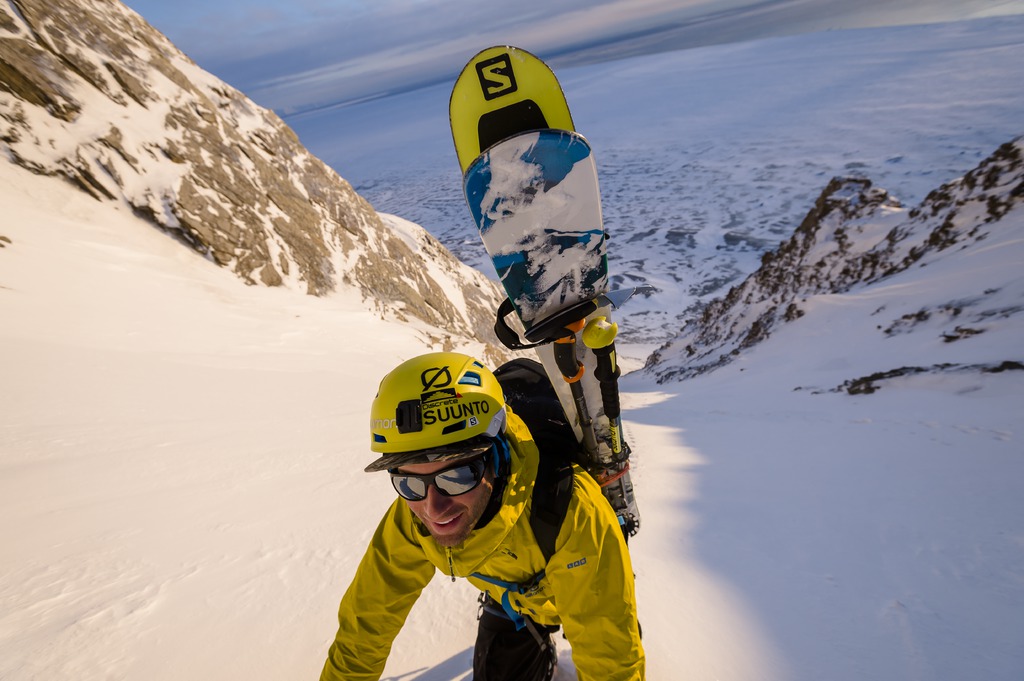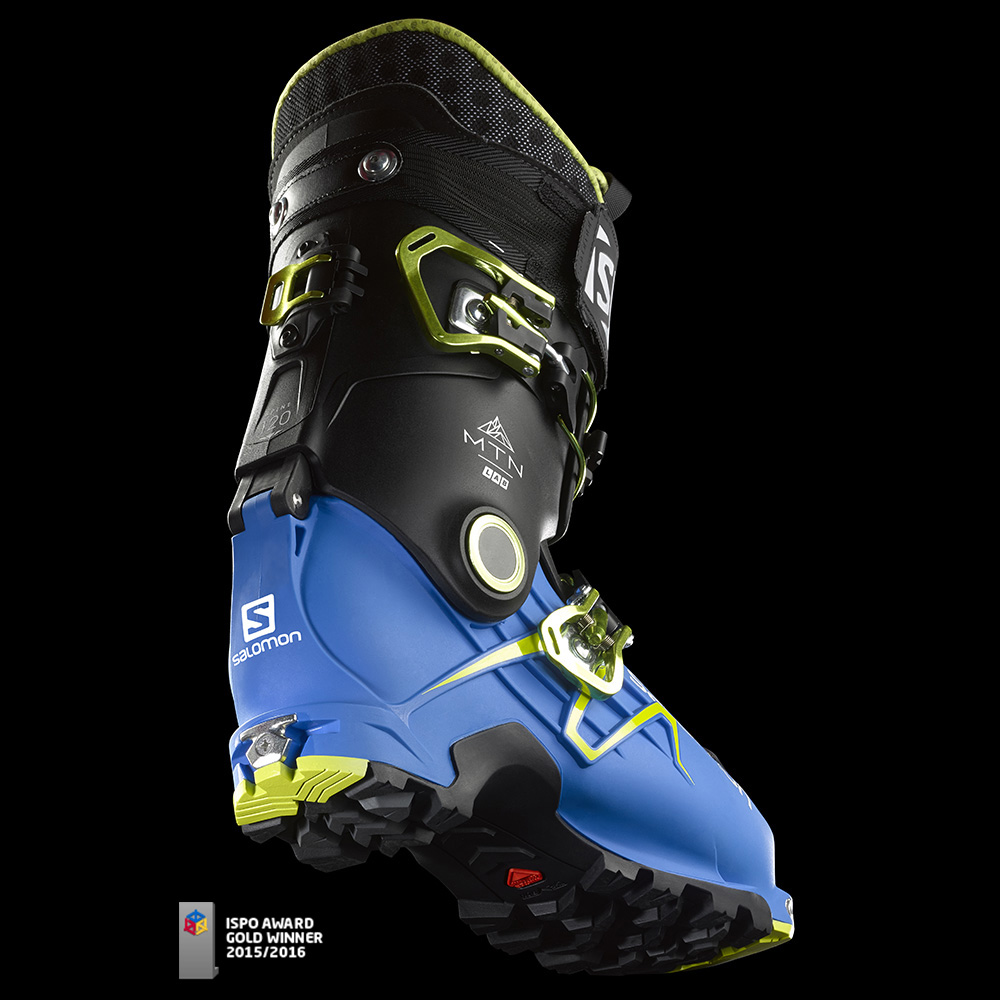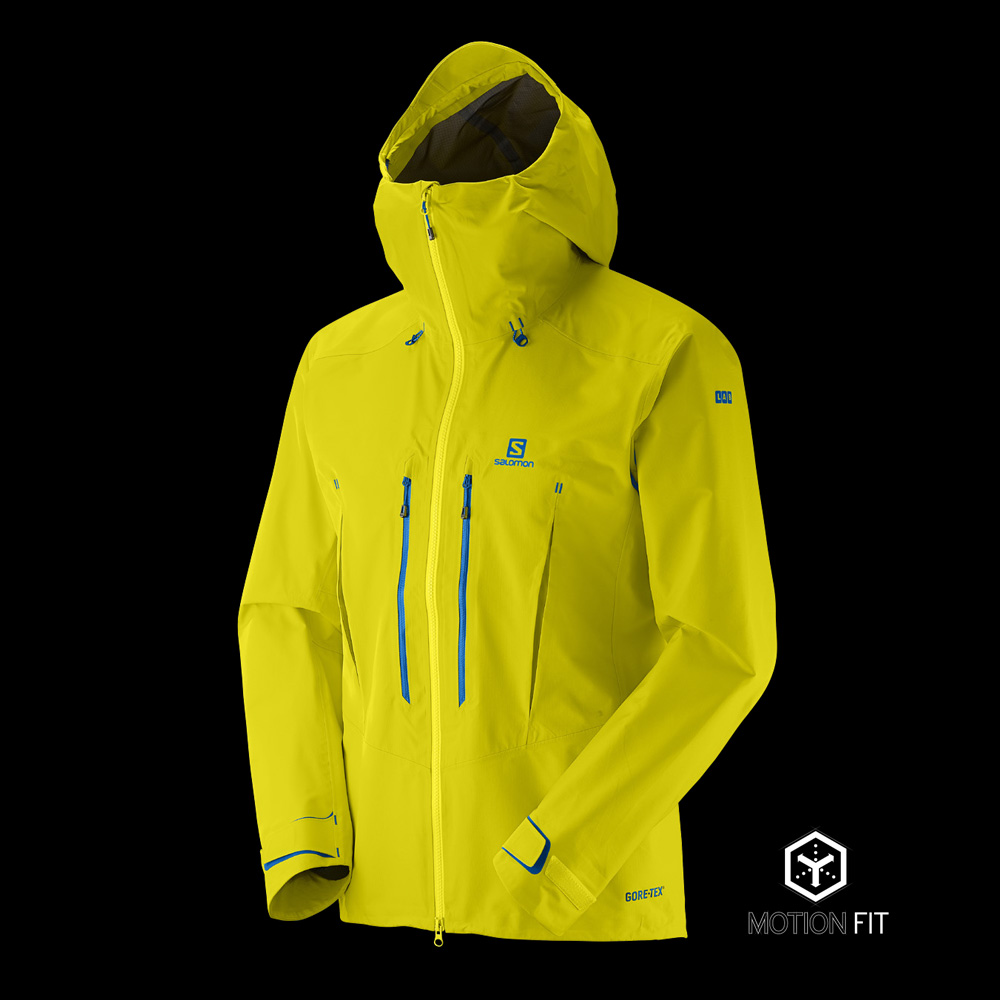Winter is upon us. For those of us that worship at the altar of the Snow Gods, this in-between seasons time is one of anticipation as we carefully watch weather forecasts, tune skis, and update gear. Every snow flurry brings hope that opening day at our favorite ski resorts will be that much closer. This year, we’ve carefully researched the best gear, found new trends in the industry, and discovered what will become favorite innovations. Stay tuned as we unroll our Ski Season Preview.
Brands in today’s market tend to specialize and innovate in their established niche – from apparel to skis to safety equipment, there is a top shelf brand for every piece of gear. However, there are a few companies that transcend the established model and build amazing gear across the board. Our experience testing the Salomon MTN Collection earlier this year while testing some the skis, boots, and apparel at Alta Ski Resort in Utah has us convinced that Salomon has once again pushed the boundaries of what is possible in the mountains.
Related: Eddie Bauer Custom Down | Voormi Core Construction
MTN Lab Boot
The all new Lab Boot is the first touring boot we’ve worn that nails both uphill climbing and downhill charging. The two buckle design benefits from a booster strap at the top of the cuff that aids in stiffness and comfort. Whether you’re a first time side country rider or experienced in deep backcountry tours, this boot will help you find every deep powder stash on the mountain.
X-Alp PRO Jacket
Each aspect of the X-Alp PRO Jacket was designed for fast and light alpine touring. From the articulated shoulders that help in comfort under a pack and moving with ice tools, to the lengthened back that aids in coverage under a loaded pack, every detail is backcountry ready. The X-Alp is ultra light, so you’ll forget you’ve got it on, except for when the weather turns nasty and you are happy and warm in this mobile bomb shelter.
Q Lab and Q 115 Skis
Taking cues from Salomon’s lightweight touring models, the Q Lab and Q 115 are the perfect all mountain rippers. With light weight touches like honey comb construction at the tips and carbon fiber stringers through the core for stability, these skis are built to charge even the gnarliest deep snow and crusty conditions. Buyer beware though. Once you’ve been on a pair of these, side effects include calling in sick on powder days and permanently scanning the forecast for any chance of even a dusting of snow.
Photo Courtesy Reuben Krabbe/Salomon. Skier: Brody Leven






